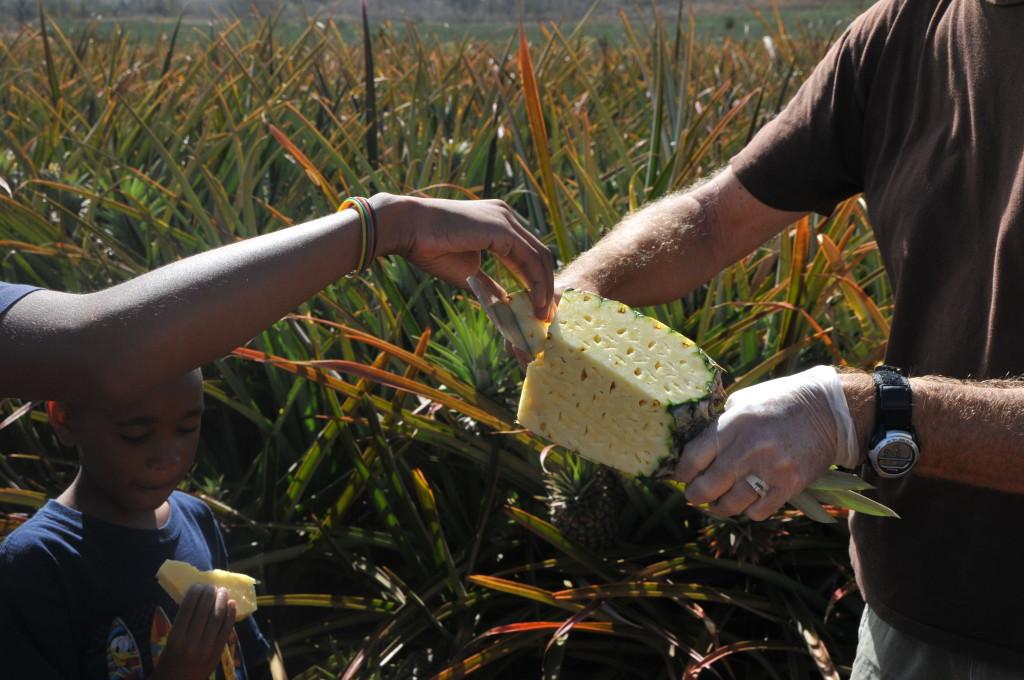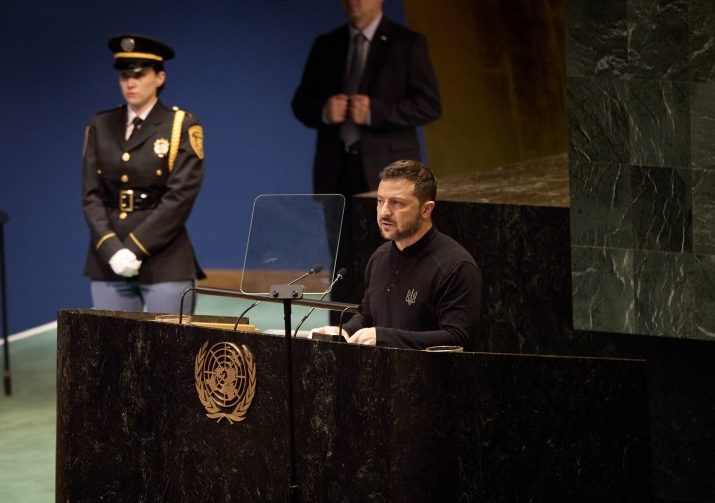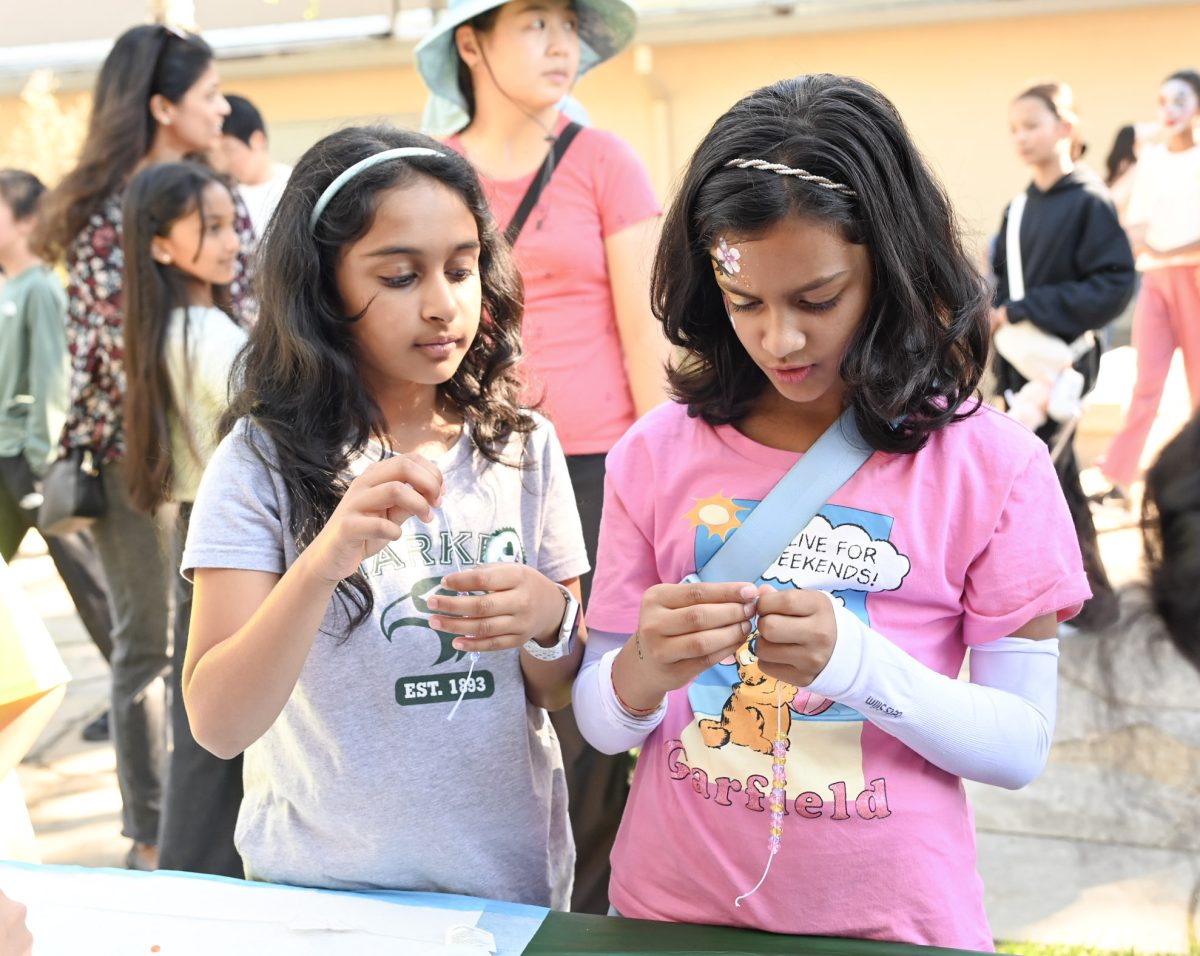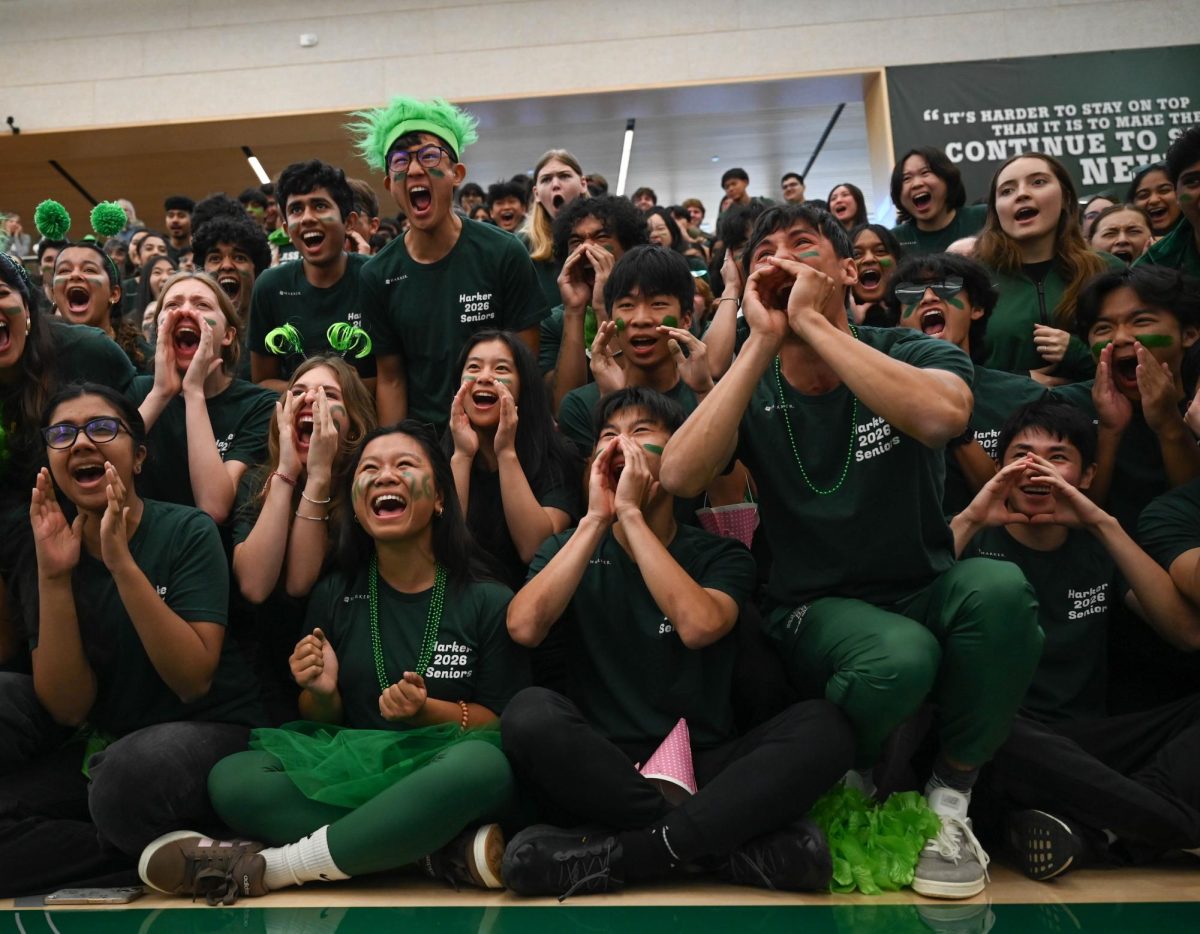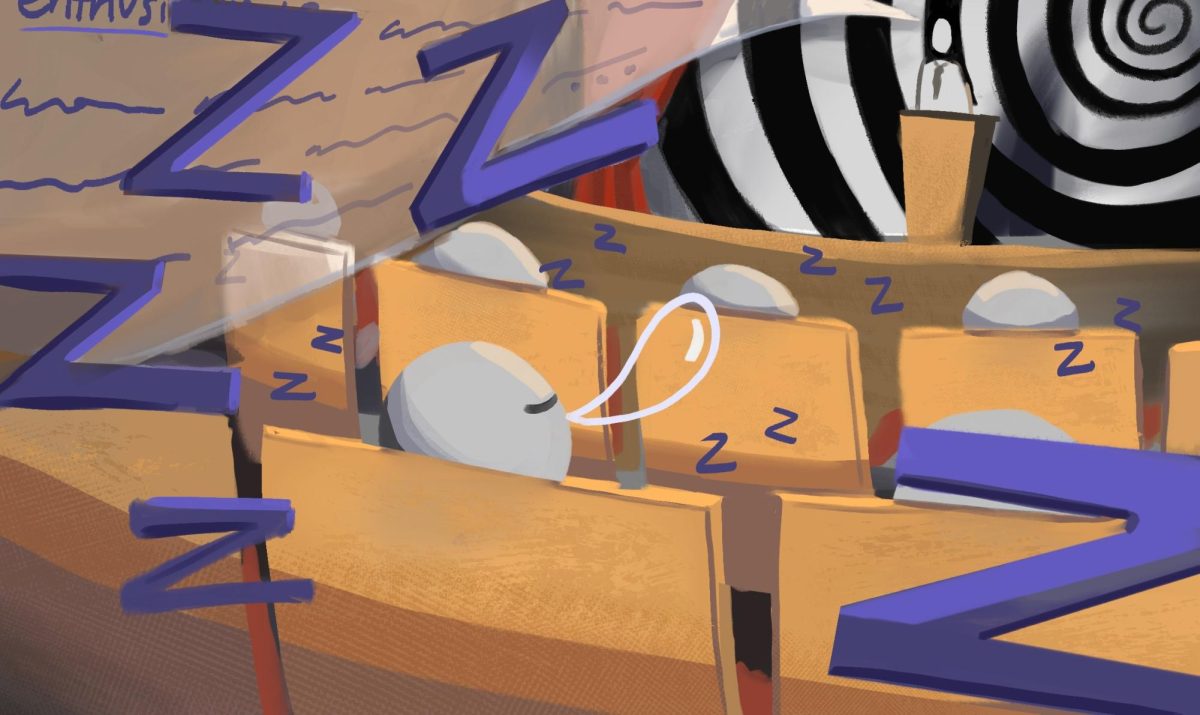Pulling up to the Maui Gold Pineapple Company’s plant, one thought passes through the mind of everyone in the car: “People pay $65 for this?” Save for a few weatherworn warehouses and those waiting to embark on the tour, the barren parking lot is devoid of any real activity. A diminutive yellow bus, cheerfully emblazoned with “Pineapple Express” and advertising the Maui Pineapple Tour, is the only indication that the spot is, in fact, the correct patch of dirt in the miles of sugarcane.
The tour begins with a comically brief bus ride to the factory, where guide Stephen Potter explains the different devices that clean, select, and wax the pineapples. Next, the group is taken into the packaging, testing, and chilling facilities as they follow the fruits’ path from the plant to the market. However, because no pineapples were going through the plant at the time of this particular tour, visitors had to picture each step, which is undoubtedly less interesting than actually watching the process.
After a bumpy ride through fields of sugarcane, comparable to that of a mild roller coaster, the rows of leafy stalks change to stumpy pineapple crowns. As the bus drives, the age of the pineapple grows too. The group first sees pineapples that were planted yesterday to pineapple that are ready for harvest after about 18 to 24 months of being in the ground. On the field, a large conveyor belt carries the freshly picked pineapple over to a truck where workers place the pineapples, one down and one up, to prevent bruising. Each pallet they finish is about two to three tons in weight, and each crew picks about 25 tons of pineapple. The speed and efficiency with which they work is mesmerizing.
The next stop is in the midst of the year-old pineapple fields, where acres of vivid leaves shade mature golden fruit. Potter plucks off a ripe pineapple nonchalantly, twists off its crown, and then whips out a machete knife to slice off its skin, demonstrating the correct way to store a ripe pineapple in a fridge. Finally, without ceremony, the group begins the climax of the tour—sampling the famous Maui Gold pineapples.
The Maui Gold pineapple is significantly sweeter, juicier, and much less acidic; unfortunately, it only has a shelf life of 10 days, preventing almost anyone outside of Hawaii from tasting it and making this particular experience unique. Speaking mildly yet disparagingly of the Dole pineapples that consumers are used to, the tour guide cuts a piece of the fresh fruit for each of the visitors. The group savors a revolution of pineapple flavor, while Potter describes the differences between the Maui fruit and the typical pineapple sold in the continental United States.
The group benefits from the insights of pineapple connoisseur Potter while sampling many other varieties of pineapple—some acidic, some sweet, and one with the distinct taste of piña colada. Isolated from civilization by miles and miles of dusty fields and the gorgeous Hawaiian sky, the tour group is able to stay as long as it likes, while the guide affably continues to slice pineapples.
Although the tour list price is $65 for adults, group discounts are possible through third-party companies. As one of the few tours of working pineapple plantations in the United States, the Maui Pineapple Tour offers a unique, delicious, and informative experience. The tour guide is knowledgeable and pleasant, and the opportunity to sample the incomparable Gold Pineapple is fun and one-of-a-kind. Plus, who does not love complimentary pineapples to take home at the end of the tour?




![LALC Vice President of External Affairs Raeanne Li (11) explains the International Phonetic Alphabet to attendees. "We decided to have more fun topics this year instead of just talking about the same things every year so our older members can also [enjoy],” Raeanne said.](https://harkeraquila.com/wp-content/uploads/2025/10/DSC_4627-1200x795.jpg)


















![“[Building nerf blasters] became this outlet of creativity for me that hasn't been matched by anything else. The process [of] making a build complete to your desire is such a painstakingly difficult process, but I've had to learn from [the skills needed from] soldering to proper painting. There's so many different options for everything, if you think about it, it exists. The best part is [that] if it doesn't exist, you can build it yourself," Ishaan Parate said.](https://harkeraquila.com/wp-content/uploads/2022/08/DSC_8149-900x604.jpg)




![“When I came into high school, I was ready to be a follower. But DECA was a game changer for me. It helped me overcome my fear of public speaking, and it's played such a major role in who I've become today. To be able to successfully lead a chapter of 150 students, an officer team and be one of the upperclassmen I once really admired is something I'm [really] proud of,” Anvitha Tummala ('21) said.](https://harkeraquila.com/wp-content/uploads/2021/07/Screen-Shot-2021-07-25-at-9.50.05-AM-900x594.png)







![“I think getting up in the morning and having a sense of purpose [is exciting]. I think without a certain amount of drive, life is kind of obsolete and mundane, and I think having that every single day is what makes each day unique and kind of makes life exciting,” Neymika Jain (12) said.](https://harkeraquila.com/wp-content/uploads/2017/06/Screen-Shot-2017-06-03-at-4.54.16-PM.png)








![“My slogan is ‘slow feet, don’t eat, and I’m hungry.’ You need to run fast to get where you are–you aren't going to get those championships if you aren't fast,” Angel Cervantes (12) said. “I want to do well in school on my tests and in track and win championships for my team. I live by that, [and] I can do that anywhere: in the classroom or on the field.”](https://harkeraquila.com/wp-content/uploads/2018/06/DSC5146-900x601.jpg)
![“[Volleyball has] taught me how to fall correctly, and another thing it taught is that you don’t have to be the best at something to be good at it. If you just hit the ball in a smart way, then it still scores points and you’re good at it. You could be a background player and still make a much bigger impact on the team than you would think,” Anya Gert (’20) said.](https://harkeraquila.com/wp-content/uploads/2020/06/AnnaGert_JinTuan_HoHPhotoEdited-600x900.jpeg)

![“I'm not nearly there yet, but [my confidence has] definitely been getting better since I was pretty shy and timid coming into Harker my freshman year. I know that there's a lot of people that are really confident in what they do, and I really admire them. Everyone's so driven and that has really pushed me to kind of try to find my own place in high school and be more confident,” Alyssa Huang (’20) said.](https://harkeraquila.com/wp-content/uploads/2020/06/AlyssaHuang_EmilyChen_HoHPhoto-900x749.jpeg)



